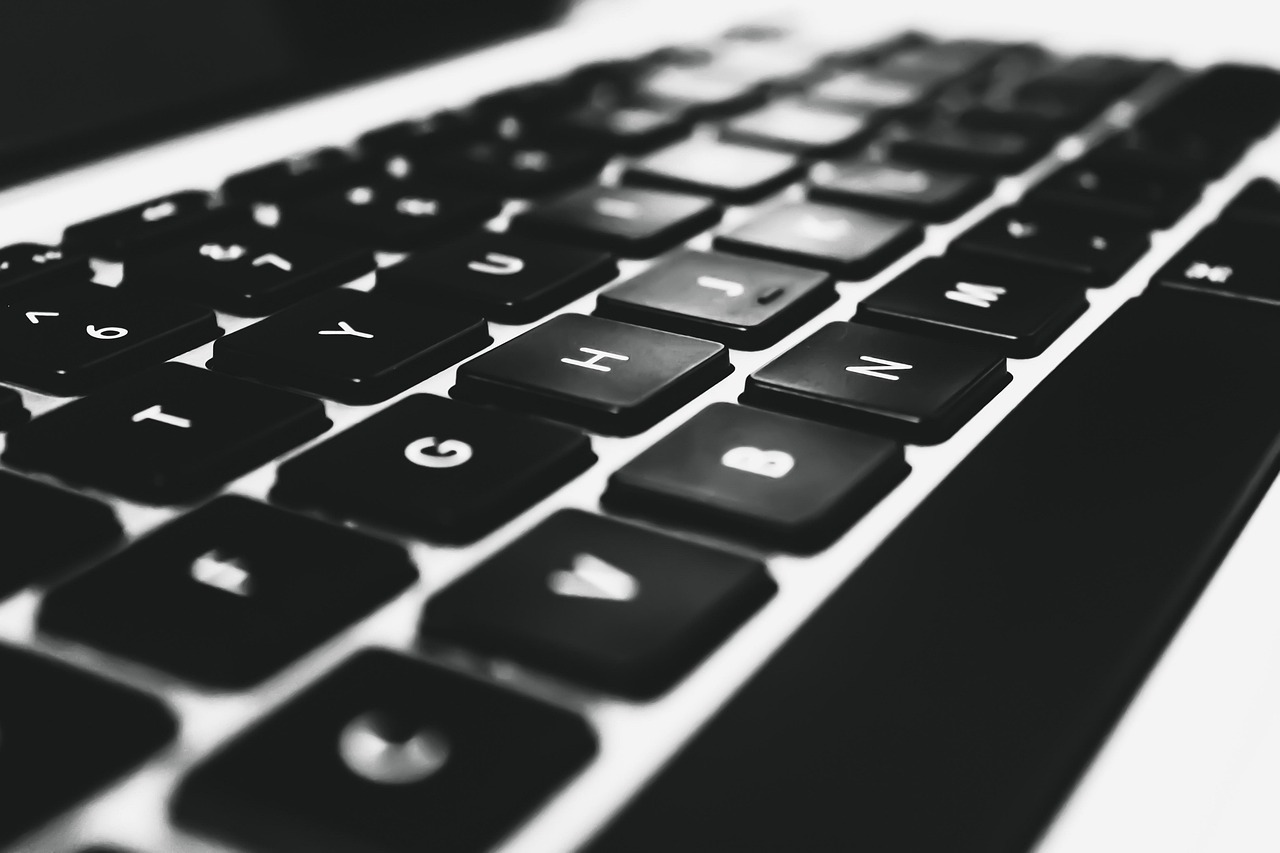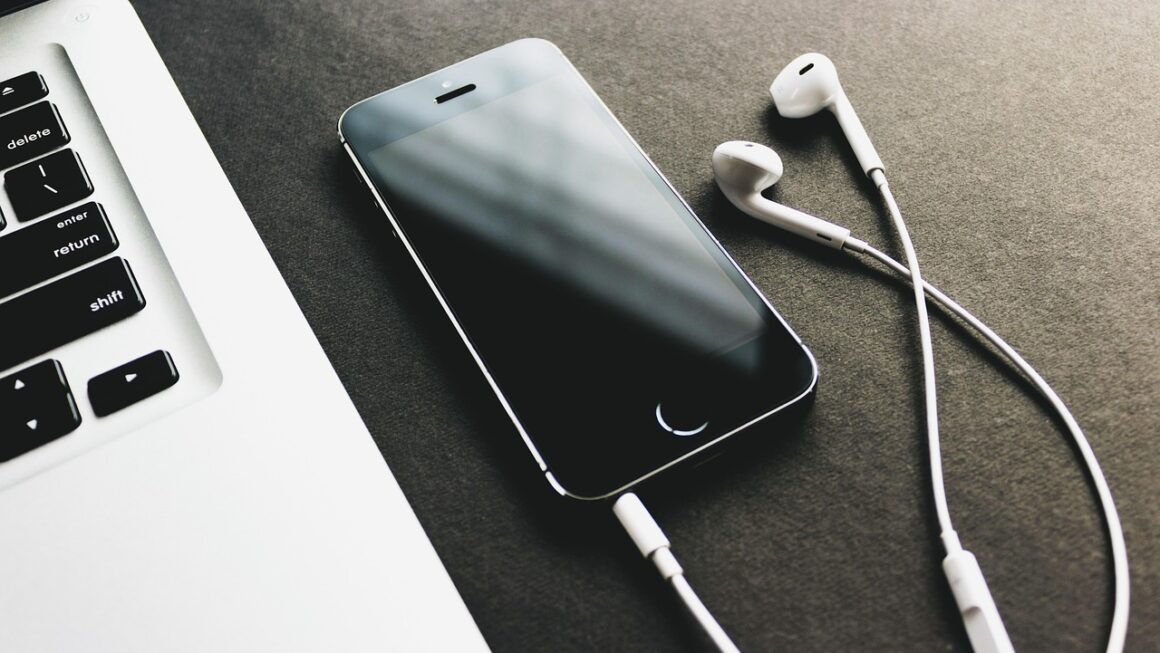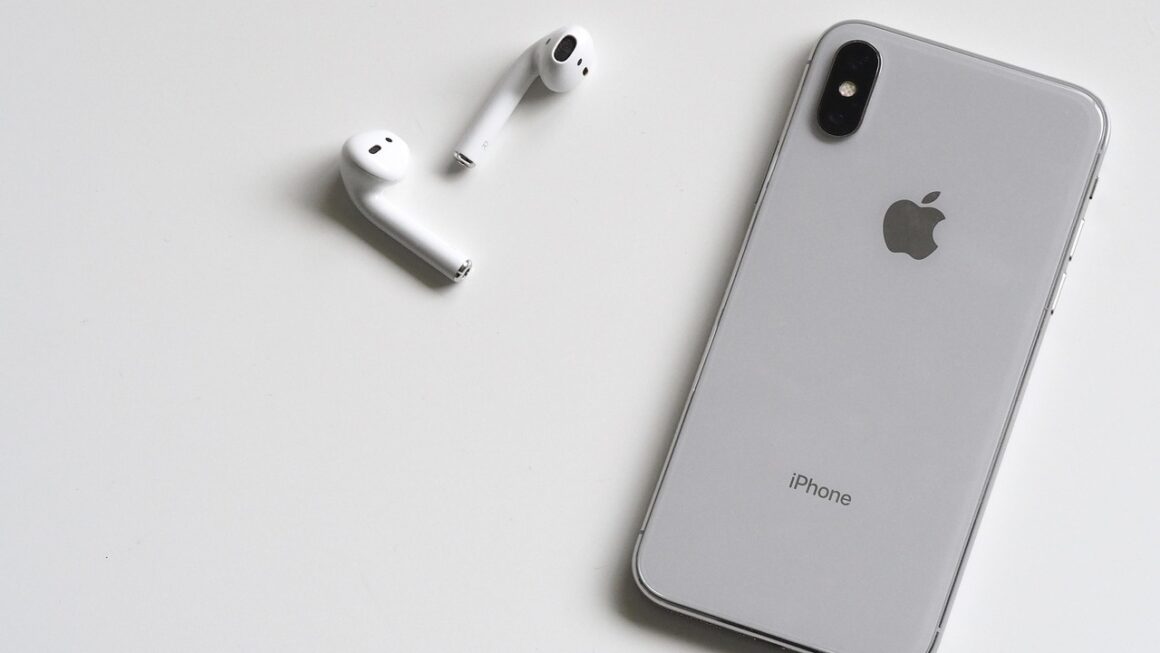Drones, once relegated to the realm of military applications and hobbyist tinkerers, have rapidly evolved into versatile tools transforming industries from agriculture to cinematography. Their accessibility, affordability, and increasing sophistication are driving widespread adoption, creating new opportunities and disrupting established practices. Whether you’re a budding entrepreneur, a seasoned professional, or simply curious about the future, understanding the capabilities and applications of drones is becoming increasingly important. Let’s delve into the world of drones, exploring their multifaceted uses, technological advancements, and potential impact.
Understanding Drone Technology
Core Components of a Drone
Drones, also known as Unmanned Aerial Vehicles (UAVs), are complex machines with various interconnected components. Key elements include:
- Flight Controller: The “brain” of the drone, responsible for maintaining stability, executing commands, and managing sensors.
- Motors and Propellers: Provide the lift and propulsion necessary for flight. The number of motors varies (quadcopters are most common with four), influencing stability and payload capacity.
- Battery: Powers the drone. Battery life is a crucial factor, typically ranging from 20-40 minutes for consumer drones. Advancements in battery technology are continuously improving flight times.
- GPS Module: Enables precise positioning and autonomous flight capabilities, allowing for pre-programmed flight paths and return-to-home functionality.
- Camera and Sensors: Capture images, videos, and environmental data. Sensors can include LiDAR, thermal imaging, and multispectral sensors.
- Communication System: Enables communication between the drone and the remote controller, transmitting commands and receiving telemetry data.
Types of Drones
The drone market is diverse, with different types designed for specific applications:
- Multi-rotor Drones: These are the most common type, known for their stability and maneuverability. They are ideal for photography, videography, and inspections. Examples include quadcopters, hexacopters, and octocopters.
- Fixed-Wing Drones: Resemble small airplanes and offer longer flight times and greater range compared to multi-rotor drones. They are typically used for surveying, mapping, and long-range surveillance.
- Single Rotor Drones: Similar to helicopters but unmanned. They offer a balance between stability and efficiency.
- Hybrid VTOL Drones: Combine the vertical takeoff and landing capabilities of multi-rotor drones with the efficiency of fixed-wing drones, making them versatile for various applications.
Key Specifications to Consider
When selecting a drone, several specifications are crucial:
- Flight Time: Longer flight times allow for more extensive data collection or extended operational range.
- Camera Resolution: Higher resolution cameras capture more detailed images and videos, essential for professional applications.
- Payload Capacity: Determines the weight of equipment (e.g., cameras, sensors) that the drone can carry.
- Range: Specifies the maximum distance the drone can travel from the remote controller while maintaining a stable connection.
- GPS Accuracy: Impacts the precision of autonomous flight and data geotagging.
Drone Applications Across Industries
Agriculture: Precision Farming and Crop Monitoring
Drones are revolutionizing agriculture by enabling precision farming techniques:
- Crop Health Assessment: Multispectral cameras capture data on plant health, identifying areas of stress or disease. This allows farmers to take targeted action, reducing the need for widespread pesticide or fertilizer application.
- Irrigation Management: Thermal imaging can detect water stress in crops, helping farmers optimize irrigation schedules and conserve water resources.
- Yield Estimation: Drones can estimate crop yields by analyzing plant density and health, providing valuable insights for harvest planning.
- Livestock Monitoring: Drones equipped with cameras can monitor livestock, track their movements, and detect potential health issues.
Example: A farmer using a drone to identify areas in a wheat field affected by fungal disease, allowing for targeted fungicide application only in those specific zones, saving money and reducing environmental impact.
Construction and Infrastructure Inspection
Drones offer a safe and efficient way to inspect construction sites and infrastructure:
- Progress Monitoring: Drones capture aerial images and videos that can be used to track construction progress, identify potential delays, and improve project management.
- Structural Inspection: Drones can inspect bridges, power lines, and other infrastructure for damage or wear and tear, reducing the need for costly and dangerous manual inspections.
- 3D Modeling and Mapping: Drones can create detailed 3D models and maps of construction sites and infrastructure, providing valuable data for planning and design.
- Safety Inspections: Drones can access dangerous areas to identify potential safety hazards, improving worker safety and reducing the risk of accidents.
Example: A construction company using a drone to inspect the facade of a high-rise building for cracks and structural damage, eliminating the need for scaffolding and reducing inspection time significantly.
Photography and Videography: Capturing Stunning Aerial Views
Drones have transformed the way we capture images and videos:
- Real Estate Photography: Drones provide stunning aerial views of properties, showcasing their features and surrounding landscapes.
- Wedding and Event Photography: Drones capture unique perspectives of weddings, concerts, and other events.
- Filmmaking: Drones are used in filmmaking to capture breathtaking aerial shots, adding a new dimension to cinematic storytelling.
- Tourism and Travel: Drones provide aerial views of tourist destinations, attracting visitors and promoting travel experiences.
Example: A photographer using a drone to capture a sweeping panoramic view of a mountain range during sunrise, creating a dramatic and visually stunning image.
Public Safety and Law Enforcement
Drones are becoming valuable tools for public safety and law enforcement agencies:
- Search and Rescue: Drones can quickly search large areas for missing persons, especially in difficult terrain.
- Crime Scene Investigation: Drones capture aerial images and videos of crime scenes, providing valuable evidence for investigations.
- Traffic Monitoring: Drones can monitor traffic flow, identify accidents, and manage traffic congestion.
- Border Patrol: Drones are used to patrol borders, detect illegal activity, and enhance border security.
Example: A search and rescue team using a drone equipped with a thermal camera to locate a lost hiker in a dense forest at night.
Regulatory Landscape and Safety Considerations
FAA Regulations and Compliance
In the United States, the Federal Aviation Administration (FAA) regulates the use of drones. Key regulations include:
- Part 107: This rule governs the commercial use of drones, requiring operators to obtain a Remote Pilot Certificate.
- Registration: All drones weighing more than 0.55 pounds must be registered with the FAA.
- Operating Restrictions: Drones are subject to various operating restrictions, including altitude limits, airspace restrictions, and night flying rules.
- Visual Line of Sight (VLOS): Operators must maintain visual line of sight of the drone at all times, unless they have obtained a waiver from the FAA.
Actionable Takeaway: Always check and comply with local and national regulations before flying a drone. Obtain necessary certifications and registrations as required.
Safety Best Practices
Following safety best practices is essential for responsible drone operation:
- Pre-Flight Checks: Conduct thorough pre-flight checks to ensure that the drone is in good working condition.
- Weather Conditions: Avoid flying in adverse weather conditions, such as strong winds, rain, or snow.
- Airspace Awareness: Be aware of airspace restrictions and avoid flying near airports or other sensitive areas.
- Privacy Considerations: Respect the privacy of others and avoid flying over private property without permission.
- Emergency Procedures: Know how to handle emergency situations, such as a drone malfunction or loss of signal.
Privacy Concerns and Ethical Considerations
Drones raise several privacy concerns and ethical considerations:
- Surveillance: Drones can be used for surveillance purposes, raising concerns about privacy violations.
- Data Collection: Drones can collect large amounts of data, including images, videos, and location information.
- Weaponization: Drones can be weaponized, raising concerns about their potential use for malicious purposes.
- Responsible Use: It is important to use drones responsibly and ethically, respecting the privacy of others and avoiding any actions that could cause harm.
The Future of Drone Technology
Advancements in Drone Technology
Drone technology is constantly evolving, with ongoing advancements in:
- Artificial Intelligence (AI): AI is being integrated into drones to enable autonomous flight, object recognition, and data analysis.
- Improved Battery Life: New battery technologies are extending flight times and increasing the range of drones.
- Enhanced Sensors: More sophisticated sensors, such as LiDAR and hyperspectral cameras, are providing richer data and enabling new applications.
- 5G Connectivity: 5G connectivity is enabling faster data transmission and more reliable communication between drones and ground stations.
- Drone Delivery: Drone delivery services are becoming increasingly common, offering faster and more efficient delivery of goods.
Potential Applications of Drones in the Future
The future holds immense potential for drone technology, with applications in:
- Urban Air Mobility (UAM): Drones could be used for transporting passengers in urban areas, reducing traffic congestion and improving mobility.
- Disaster Relief: Drones could be used to deliver supplies, assess damage, and coordinate rescue efforts in disaster-stricken areas.
- Environmental Monitoring: Drones could be used to monitor air and water quality, track wildlife populations, and assess the impact of climate change.
- Healthcare: Drones could be used to deliver medical supplies, transport organs for transplant, and provide remote medical assistance.
Career Opportunities in the Drone Industry
The drone industry is creating numerous career opportunities:
- Drone Pilots: Trained professionals who operate drones for various applications.
- Drone Technicians: Individuals who maintain and repair drones.
- Data Analysts: Professionals who analyze data collected by drones.
- Software Developers: Individuals who develop software for drone control and data processing.
- Entrepreneurs: Innovators who develop new drone applications and businesses.
Conclusion
Drones have evolved from niche technology to mainstream tools with transformative potential across numerous industries. Understanding their capabilities, regulations, and ethical considerations is crucial for maximizing their benefits while mitigating potential risks. As technology continues to advance and regulatory frameworks mature, drones are poised to play an increasingly significant role in shaping the future. Staying informed and embracing responsible drone practices will be essential for individuals, businesses, and communities alike. The sky’s the limit when it comes to the future of drone technology, and the journey is just beginning.




